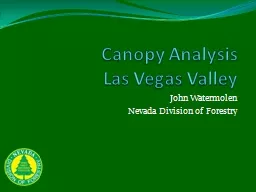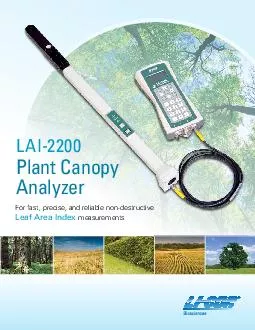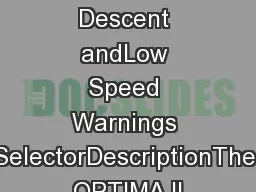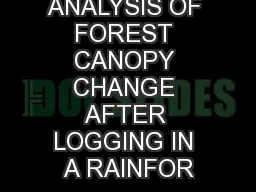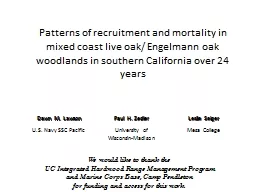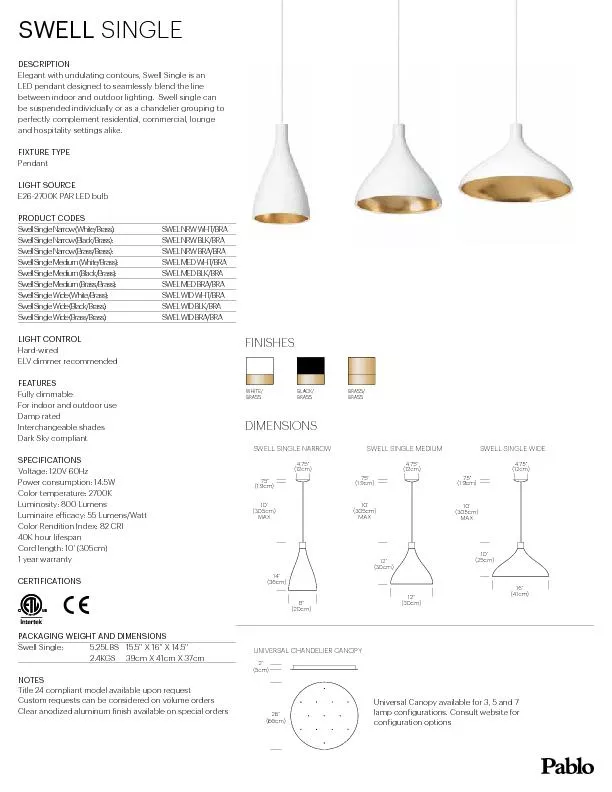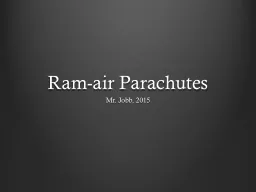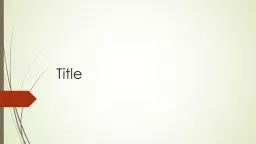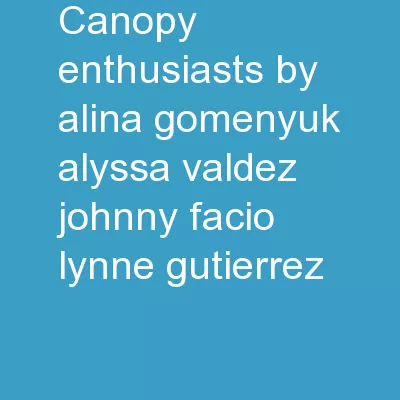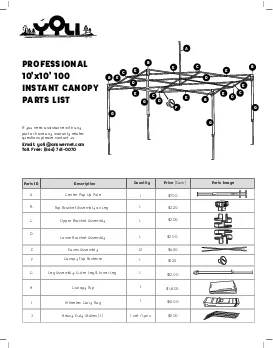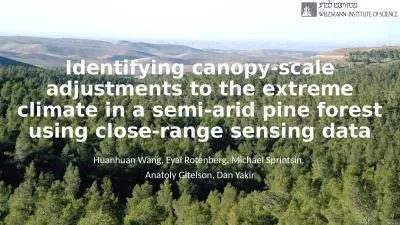PPT-Canopy Analysis
Author : sherrill-nordquist | Published Date : 2015-09-30
Las Vegas Valley John Watermolen Nevada Division of Forestry Las Vegas Valley Urban Canopy Analysis Project funded by a US Forest Service Western Competitive grant
Presentation Embed Code
Download Presentation
Download Presentation The PPT/PDF document "Canopy Analysis" is the property of its rightful owner. Permission is granted to download and print the materials on this website for personal, non-commercial use only, and to display it on your personal computer provided you do not modify the materials and that you retain all copyright notices contained in the materials. By downloading content from our website, you accept the terms of this agreement.
Canopy Analysis: Transcript
Download Rules Of Document
"Canopy Analysis"The content belongs to its owner. You may download and print it for personal use, without modification, and keep all copyright notices. By downloading, you agree to these terms.
Related Documents

